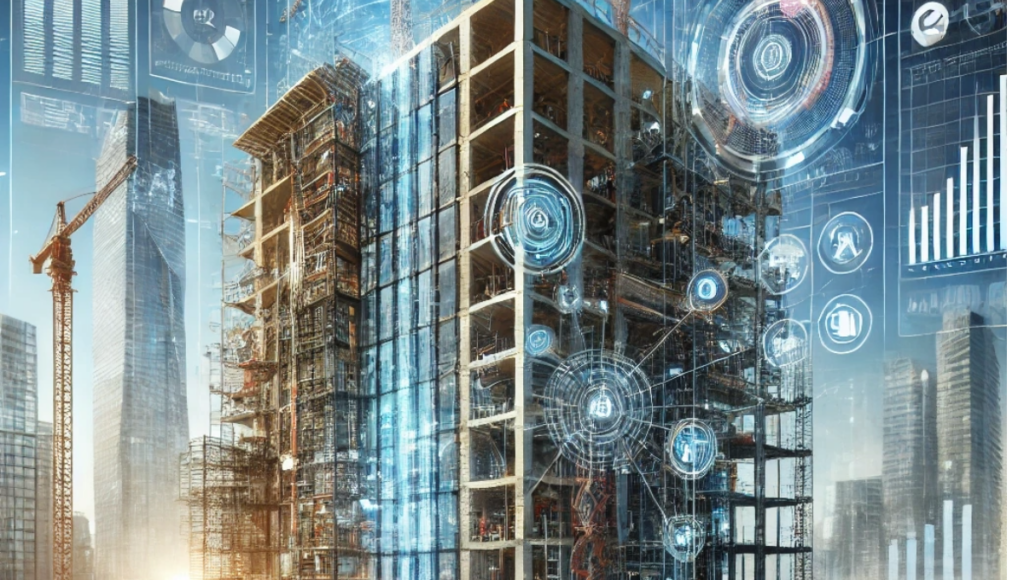The session with Brad White, Michael MacMahon, Dave Mulcahy, and Greg Fitzpatrick underscored the urgent need for the HVAC industry to adapt. We must evolve our design practices to meet the challenges of equipment electrification, interoperability, and cybersecurity. By embracing a more tailored, informed, and collaborative approach, we can overcome common barriers and achieve better outcomes in smart building projects that our clients—and the future—demand. It’s time to walk away with actionable strategies that ensure our designs not only meet but exceed the evolving expectations of the smart building era.
- Challenges in Smart Building Design:
- Control System Oversight: Brad shared a story about a major shopping center expansion where the control system was overlooked, leading to a fragmented system with no integration between old and new systems.
- Client Sophistication vs. Execution: Even sophisticated clients with strong control standards can fail to implement them correctly, leading to inefficiencies and increased costs.
- Integration Issues: Lack of integration between systems (e.g., HVAC, lighting, security) can lead to operational inefficiencies and higher long-term costs.
- Importance of Stakeholder Engagement:
- Operations Team Involvement: Operators are often left out of the design process, especially in retrofit projects, which can lead to systems that are difficult to manage and maintain.
- Education and Training: Operators need to be educated on new technologies to manage smart building systems effectively.
- IT and Facilities Collaboration: Cybersecurity and system integration require close collaboration between IT and facilities teams.
- Commissioning and Quality Assurance:
- Early Involvement: Commissioning agents should be involved early in the design process to ensure systems meet design goals and are properly integrated.
- Cyber Security Commissioning: A new focus on cyber security commissioning is emerging, ensuring that systems are secure from the start.
- Holistic Approach: Commissioning should focus on individual systems as well as how they integrate and work together.
- Open Systems and Integration:
- Open Protocols and Distribution: True open systems allow for integration across different platforms and vendors, reducing long-term costs and increasing flexibility.
- Division 25 Specifications: The use of Division 25 (Integrated Automation) in specifications helps ensure that all systems (HVAC, lighting, security, etc.) are integrated and work together seamlessly.
- Cyber Security in Smart Buildings:
- Basic Cyber Hygiene: Simple steps like changing default passwords, enabling logging, and using secure remote access can significantly improve cybersecurity.
- Risk Management: Owners need to understand their risk appetite and implement cybersecurity measures accordingly.
- IT and OT Collaboration: IT departments should be involved in the design and implementation of building control systems to ensure they meet cybersecurity standards.
- Future Considerations:
- Education and Training: Continued education for engineers, operators, and owners on smart building technologies and best practices.
- Standardization: Developing and promoting industry standards for smart building design, integration, and cybersecurity.
- Adoption of Smart Technologies: Encouraging the adoption of smart building technologies by demonstrating their value and providing clear guidelines for implementation.
Highlights:
- Integration is Key: The success of smart buildings depends on the integration of various systems (HVAC, lighting, security, etc.) and ensuring they work together seamlessly.
- Commissioning Matters: Proper commissioning, especially early in the design process, is crucial to ensuring that systems meet design goals and are properly integrated.
- Cybersecurity is Critical: As buildings become smarter and more connected, cybersecurity must be a top priority, along with basic hygiene practices and collaboration between IT and facilities teams.
- Open Systems for Flexibility: Open protocols and distribution enable greater flexibility and reduced long-term costs by enabling integration across different platforms and vendors.
- Stakeholder Engagement: Engaging all stakeholders, including operators, IT, and facilities teams, is essential for the successful implementation and operation of smart building systems.
Future Considerations:
- Education and Training: Continued education for engineers, operators, and owners on smart building technologies and best practices.
- Standardization: Developing and promoting industry standards for smart building design, integration, and cybersecurity.
- Adoption of Smart Technologies: Encouraging the adoption of smart building technologies by demonstrating their value and providing clear guidelines for implementation.
- Cost Management: Ensuring that the adoption of smart building technologies is cost-effective and scalable, especially for smaller projects.
Conclusion:
The session highlighted the importance of integration, stakeholder engagement, and cybersecurity in smart building design. The panelists emphasized the need for education, standardization, and collaboration to ensure the successful implementation and operation of smart buildings. Future considerations include continued education, standardization, and cost-effective adoption of smart technologies.



